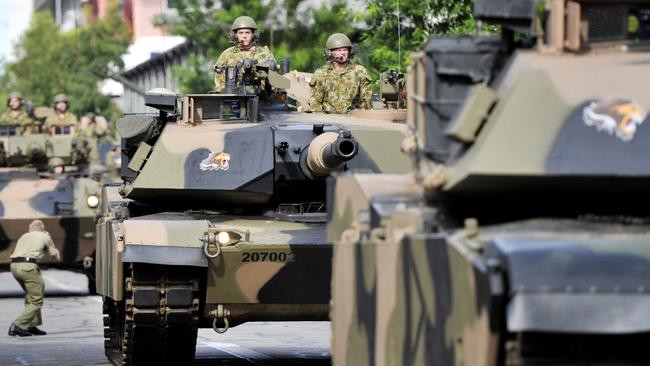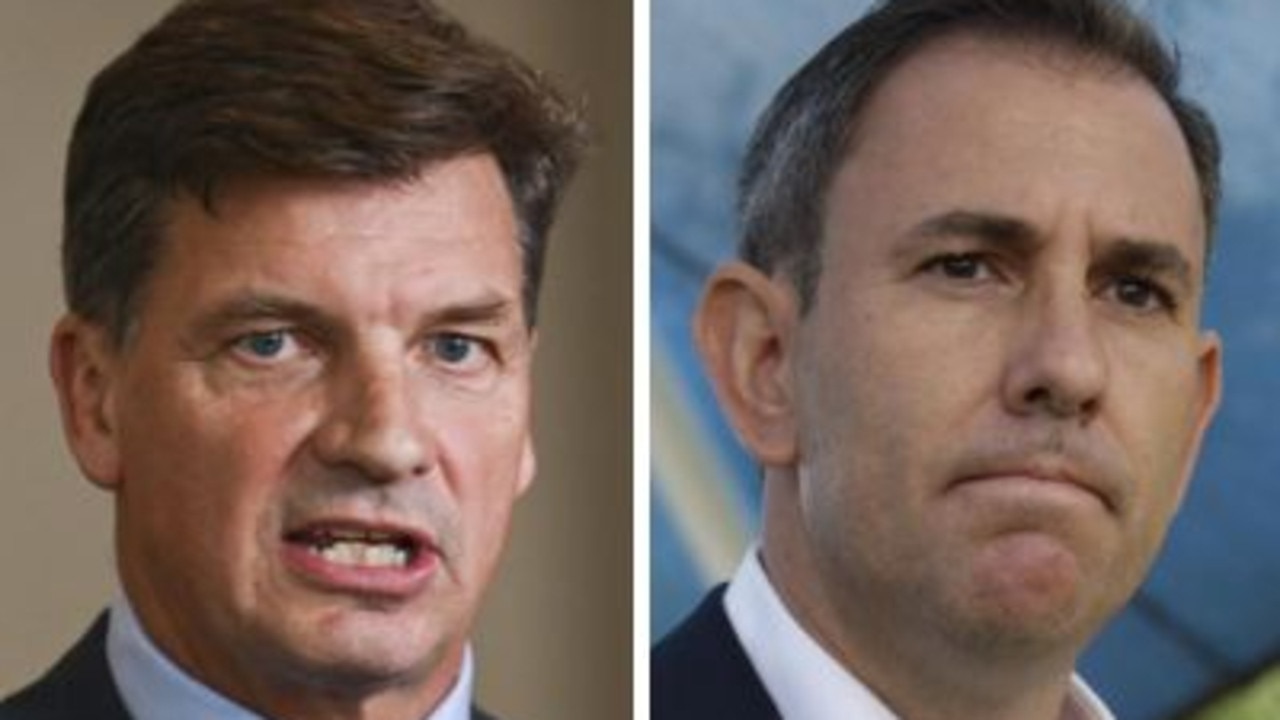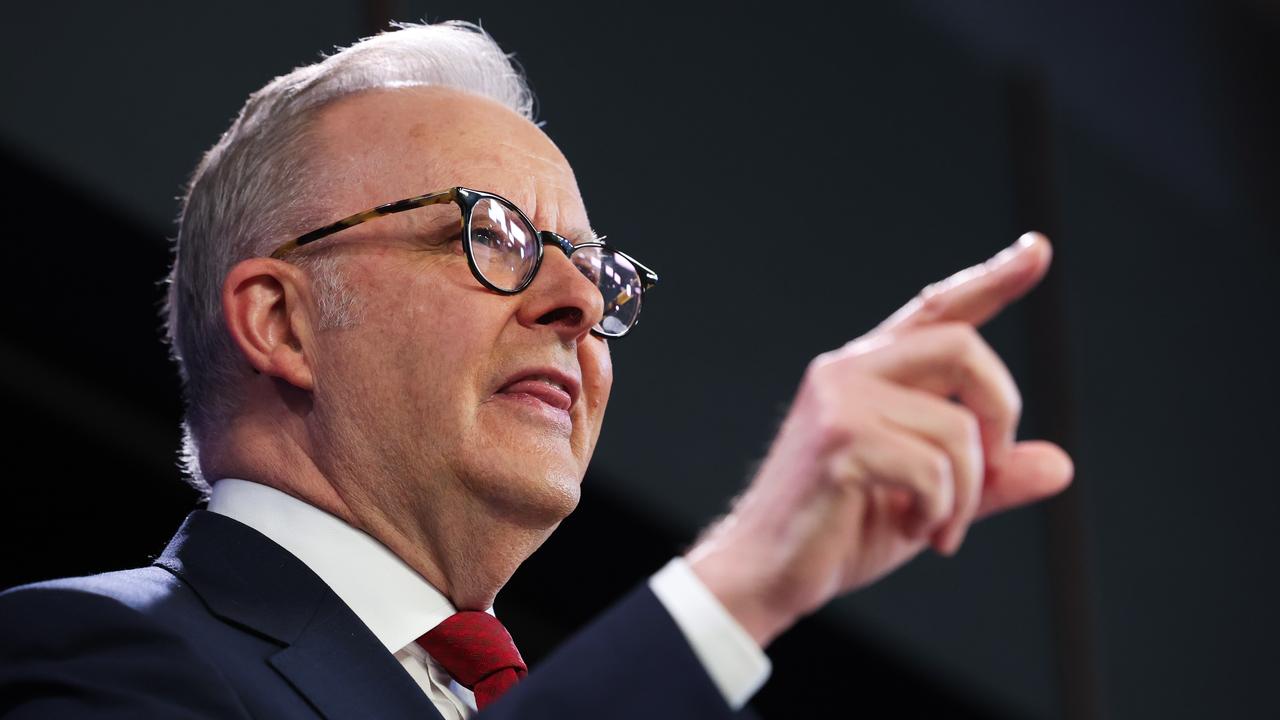Federal Budget 2014: Defence civilians sacked as defence budget grows
MORE than 2200 defence civilians and contractors will be sacked to yield savings of $600 million to a steadily growing defence budget.

MORE than 2200 defence civilians and contractors will be sacked to yield savings of $600 million to a steadily growing defence budget.
In a year of deficit busting government austerity, defence has escaped the axe and the 2014-15 document sets the tone for a long period of growth as the government tries to meet its pledge to boost funding to two per cent of total economic activity in five years.
Total defence outlays for the coming year will be $29.2 billion (up $500 million) and the government will spend $122.7 billion defending the nation until 2017-18 — an increase of $9.6 billion over Labor’s final budget.
While civilian numbers will fall the number of military personnel is set to grow and new recruits will be offered a less generous superannuation scheme than those already serving.
The changes to military super will bring troops closer to the general community with employer contributions of 15.4 per cent compared with the current 28 per cent.
In the short term the changes will cost about $330 million a year over four years but they are forecast to yield savings of up to $150 billion over the next 40 years.
Benefits to existing members remain unchanged and new members will be offered a scheme that is more generous for shorter periods of service.

The government has also used the budget to bring forward to $1.5 billion worth of spending to repair a raft of struggling projects. About $500 million of that will be spent in the year ahead.
The ADF gap year program that was abandoned by Labor will be reinstated with a price tag of $191.8 million over four years..
The Middle East Area of Operations and border protection remain the key focus for defence in 2014-15 and $470 million has been allocated to fund ongoing operations in Afghanistan and elsewhere around the globe over four years.
Defence will also be allowed to keep the proceeds of property sales that will total more than $100 million over four years.
Defence budget expert with the AustralianStrategic Policy Institute (ASPI) Mark Thompson said the budget was a ‘steady as she goes’ document but he questioned how defence funding would get to two per cent of GDP.
‘It is as good as it gets for defence in the current environment,’ he said.
The big changes for defence will occur in the 2015 White Paper when the government will outline its future vision and provide a fully funded capability plan.
A first principles review currently underway is expected to lead to further job cuts particularly in the purchasing agency the Defence Materiel Organisation (DMO).
Veterans have not escaped the deficit slasher and a number of programs including incapacity payments and dental and allied health provider fees will be tightened up to save about $47 million.



